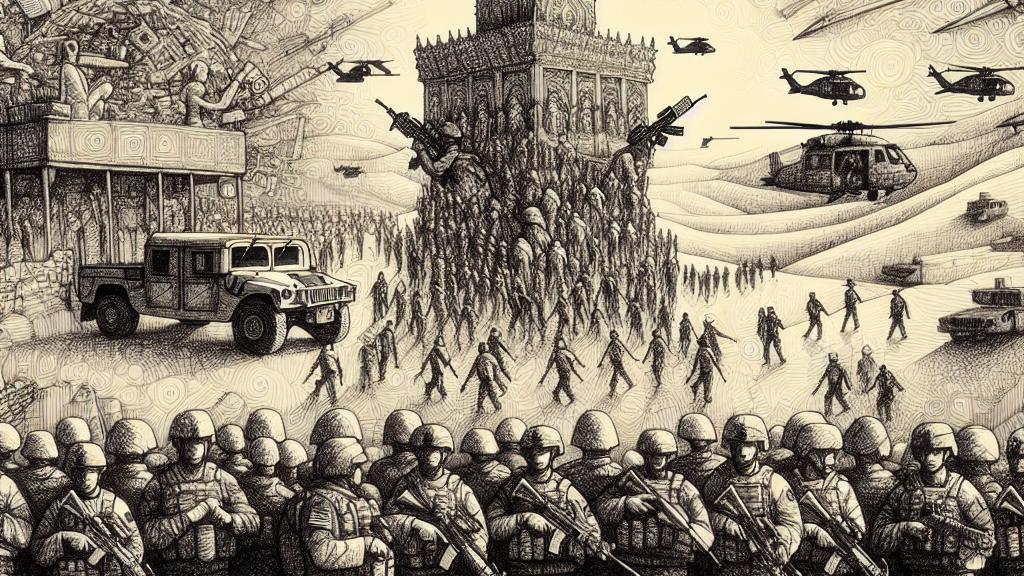Defensive Stance: US Troops' Safety Amid Middle East Tensions
Overview
- US Secretary of Defense highlights troop safety remains a top priority amid rising tensions.
- Heightened attacks have led to significant military responses from the US for defense.
- Key assassinations in the region reshape strategies and raise concerns over future conflicts.

Understanding the Current Landscape in Iraq and Syria
Amidst escalating tensions in the Middle East, the situation for U.S. troops stationed in Iraq and Syria remains precarious yet cautiously optimistic. Secretary of Defense Lloyd Austin expressed that, despite a history of roughly 160 attacks against U.S. forces primarily by Iran-backed groups, he does not foresee a significant uptick in violence. This statement is crucial, providing reassurance to both military personnel and the public at large about the ongoing commitment to maintain stability and safety in these regions. Recent attacks, occurring in quick succession, reflect a volatile environment where U.S. readiness and rapid response capabilities are of utmost importance.
US Military Response: Actions for Self-Defense
The U.S. has adopted a series of decisive military actions in response to a growing threat from Iranian-affiliated militias. Reports indicate that U.S. forces have launched multiple retaliatory strikes following a wave of attacks—over 24 instances over a two-week period—in which U.S. bases were targeted with rockets and drones. These strikes underscore a proactive stance by the U.S. military, prioritizing the safety of its personnel while illustrating the complexity of regional security dynamics. Defense Secretary Austin affirmed that these operations were necessary to deter further aggression and protect U.S. interests. This point emphasizes the delicate balance of asserting military strength while striving for diplomatic solutions.
The Ripple Effect of Regional Assassinations
Recent high-profile assassinations, particularly that of Hamas leader Ismail Haniyeh and a senior Hezbollah commander, have far-reaching implications for the geopolitical landscape. These actions, seen as aggressive maneuvers by Israel, have sparked potential retaliatory threats from groups within Gaza and Lebanon, thus increasing the risk of conflict escalation. Observers note that these developments could provoke a cycle of violence, drawing in U.S. interests and complicating military engagements. The interlinked nature of these conflicts highlights the importance of vigilant monitoring by U.S. defense officials, who must navigate the risks associated with regional volatility while ensuring the safety of their forces.

Loading...